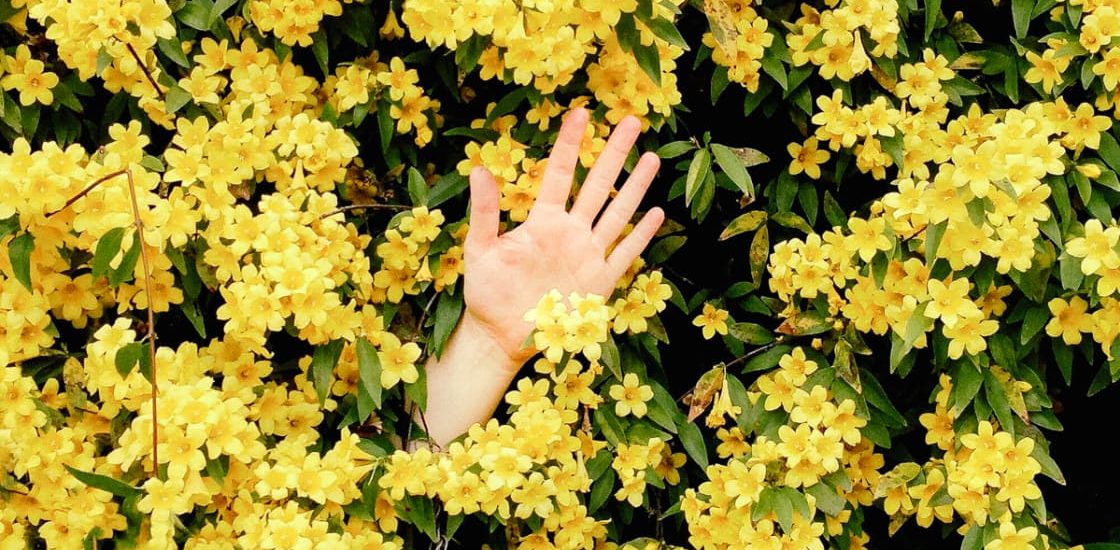Most of us are aware of the itchy eyes and runny noses that seem to accompany both spring and fall. But no one understands better than the 50 million Americans who suffer from allergic rhinitis (AR), otherwise known as nasal allergies or hay fever. Unfortunately for them, the time in which they experience these symptoms—aka allergy season—is getting longer, and the environment might be to blame.
After realizing a number of patients were suffering from AR, Lauren Broffman, Ph.D., wanted to better understand how pollution might be affecting allergies. She and a team of data scientists dug into 70 years of data from the National Oceanic and Atmospheric Administration (NOAA) and discovered allergy season has increased by 24 days since 1951.
How pollution affects allergies.
“Understanding the impact of climate change and pollution can feel a bit abstract,” Broffman told mbg, “but these environmental changes can have a very personal impact for anyone suffering from allergies.”
In fact, their research analyzed the top 10 worst cities for allergy sufferers and found a correlation between pollution levels and allergy symptoms. These cities include Baton Rouge, Louisiana; Jackson, Mississippi; Louisville, Kentucky; McAllen, Texas; Memphis, Tennessee; New Orleans, Louisiana; Providence, Rhode Island; Richmond, Virginia; Scranton, Pennsylvania; and Springfield, Massachusetts.
According to the report, scientists “aren’t certain why air pollution and allergies are related, but they suspect that mixing chemicals from air pollution with airborne allergens like pollen makes those allergens more potent.”
Because of these negative environmental effects, they discovered allergy season is getting longer by an average of 24 days. “According to our definition of allergy season,” Broffman said, “the 2019 average for all 10 of those cities is around 216 days (about seven months).” I guess we better stock up on tissues.
How to protect against allergies.
For people living in these cities—or really any city—limiting your exposure to pollen can help decrease symptoms. Don’t avoid spending time in nature, but be sure to wash your clothes and hair after spending time outdoors since both can collect pollen and cause flare-ups.
Pollen also tends to get trapped in the nose, so rinsing with saline irrigations or neti pots can help mitigate allergy symptoms.
And surprise, surprise! Gut health also has a lot to do with allergies. “About 70% of our immune system surrounds our gut,” integrative medicine expert Frank Lipman, M.D., told us, “so the health of our microbiome directly affects the functioning of our immune system.”
Though it might sound counterintuitive to consume one type of pollen when you’re trying to avoid another, Tiffany Lester, M.D., said eating local bee pollen can actually reduce seasonal allergies. The antioxidant superfood works as an antihistamine, decreasing symptoms like puffy eyes and runny nose.
What’s the bottom line?
The number of people affected by allergies is increasing, and allergy season seems to be getting longer. While the research is ongoing, many studies have associated climate change with the increase in pollen levels—and they don’t expect it to slow down anytime soon.
There are several ways we can reduce our environmental impact, which can slow—and eventually reverse—the effects of climate change. Broffman reminded us, though, those changes won’t happen overnight. In the meantime, consider the tips above as well as this information to help ease your spring.
Ready to learn how to fight inflammation and address autoimmune disease through the power of food? Join our 5-Day Inflammation Video Summit with mindbodygreen’s top doctors.

